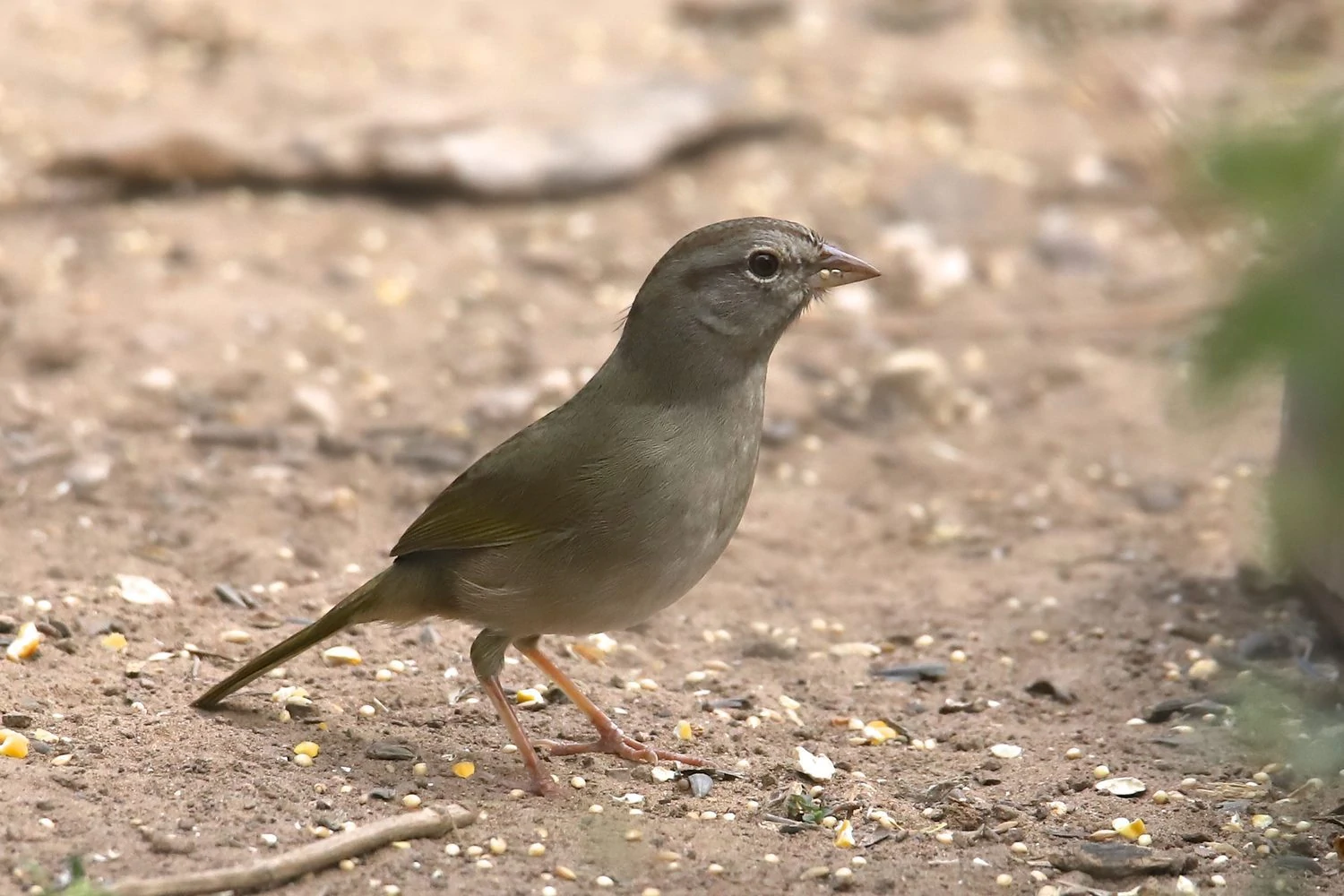The name Olive Sparrow refers to the fact that these birds are secretive. Their gray heads have brown stripes, although their chest and belly are both plain.
The heads of Pacific Olive Sparrows are darker and have thicker stripes, but the rest of their bodies are the same color. Except on the belly and neck, juveniles are browner with streaks, while females and males appear identical.
- Arremonops rufivirgatus
- Length: 6.55 in (17 cm)
- Weight: 0.8 oz (23 g)
- Wingspan: 9 in (23 cm)
Range
Olive Sparrows may be seen all year along Mexico’s coasts and in southeastern Texas, and they do not migrate.
Habitat And Diet
Olive Sparrows’ feather coloring makes them ideal for camouflage because they prefer to live in thickly vegetated habitats. Weedy thickets and thorn scrubs are also common habitats for them.
In pairs, Olive Sparrows search the ground for food, with their tails in the air. They would normally stay hidden, hopping from bush to bush, and eat seeds and insects.
Nests
Olive Sparrow nests are placed on the ground or in a bush or thorny shrubs. They’re lined with mammal fur and constructed out of dried grass, bark, sticks, stems, and leaves. Females lay two to five eggs, which take ten to twelve days to hatch.
By placing sunflower seeds on the ground, you may attract Olive Sparrows to your yard. Rather than removing seeds from the feeders directly, they choose to pick them up off the ground.
Fun Fact:
Cowbirds only raise cowbird chicks if they deposit their eggs in Olive Sparrow nests, which they prefer to do in dense vegetation.
